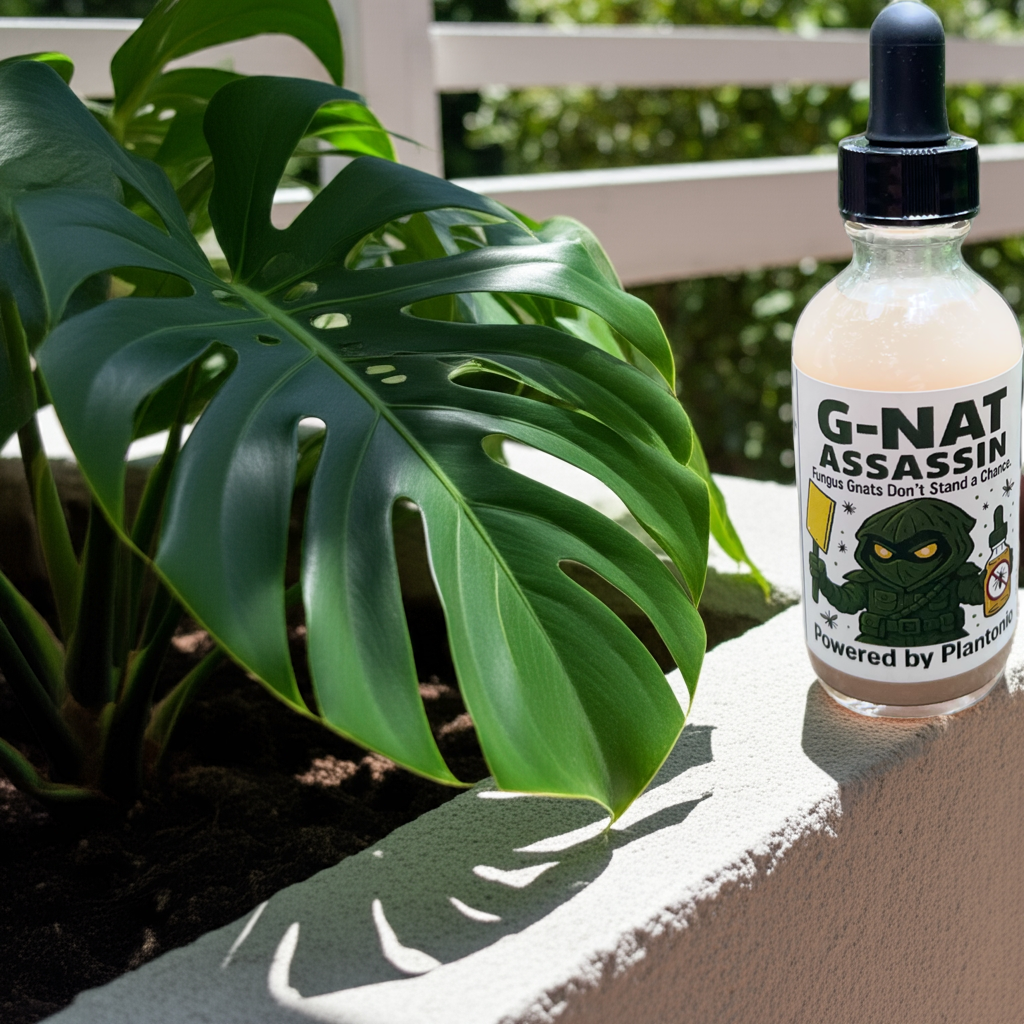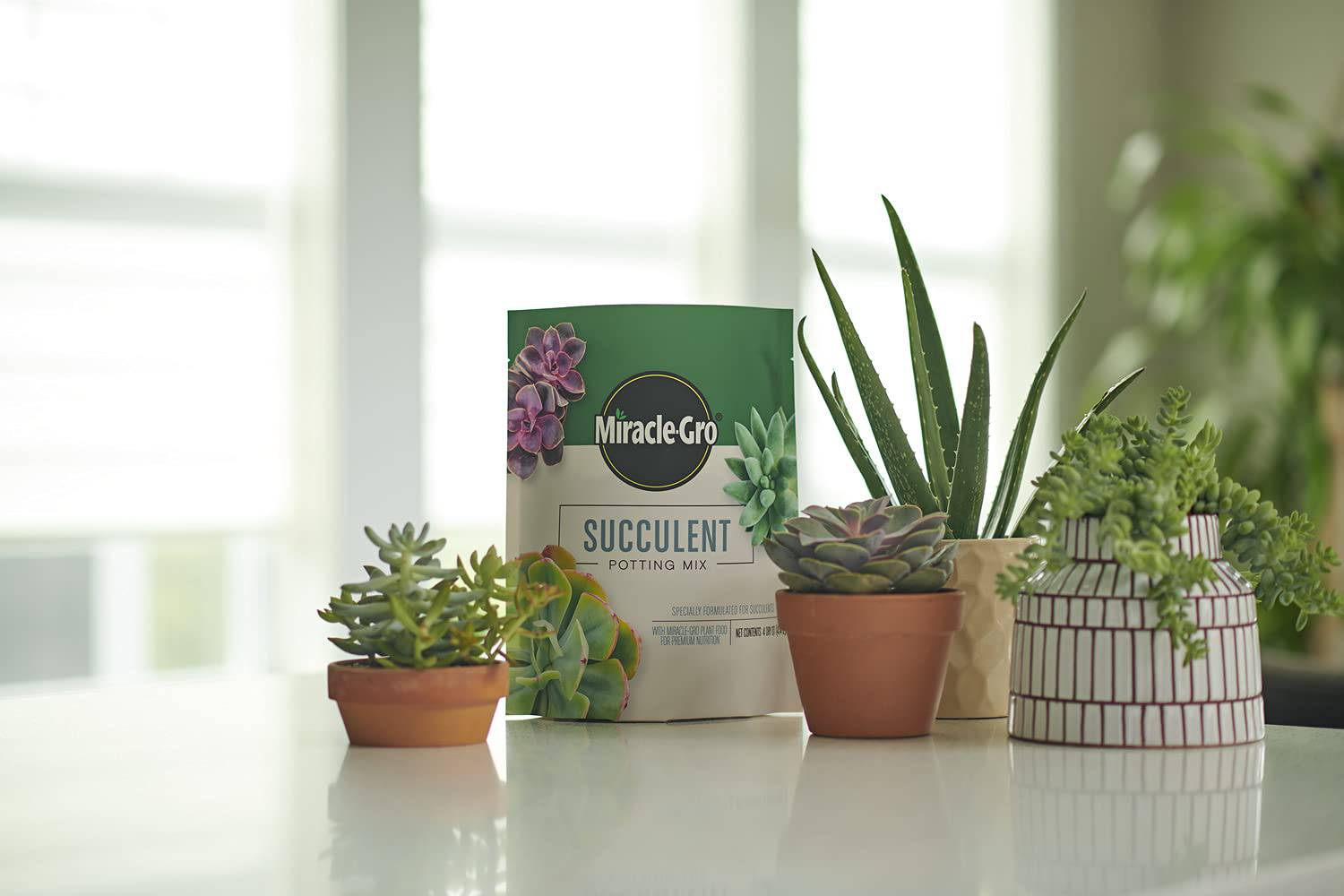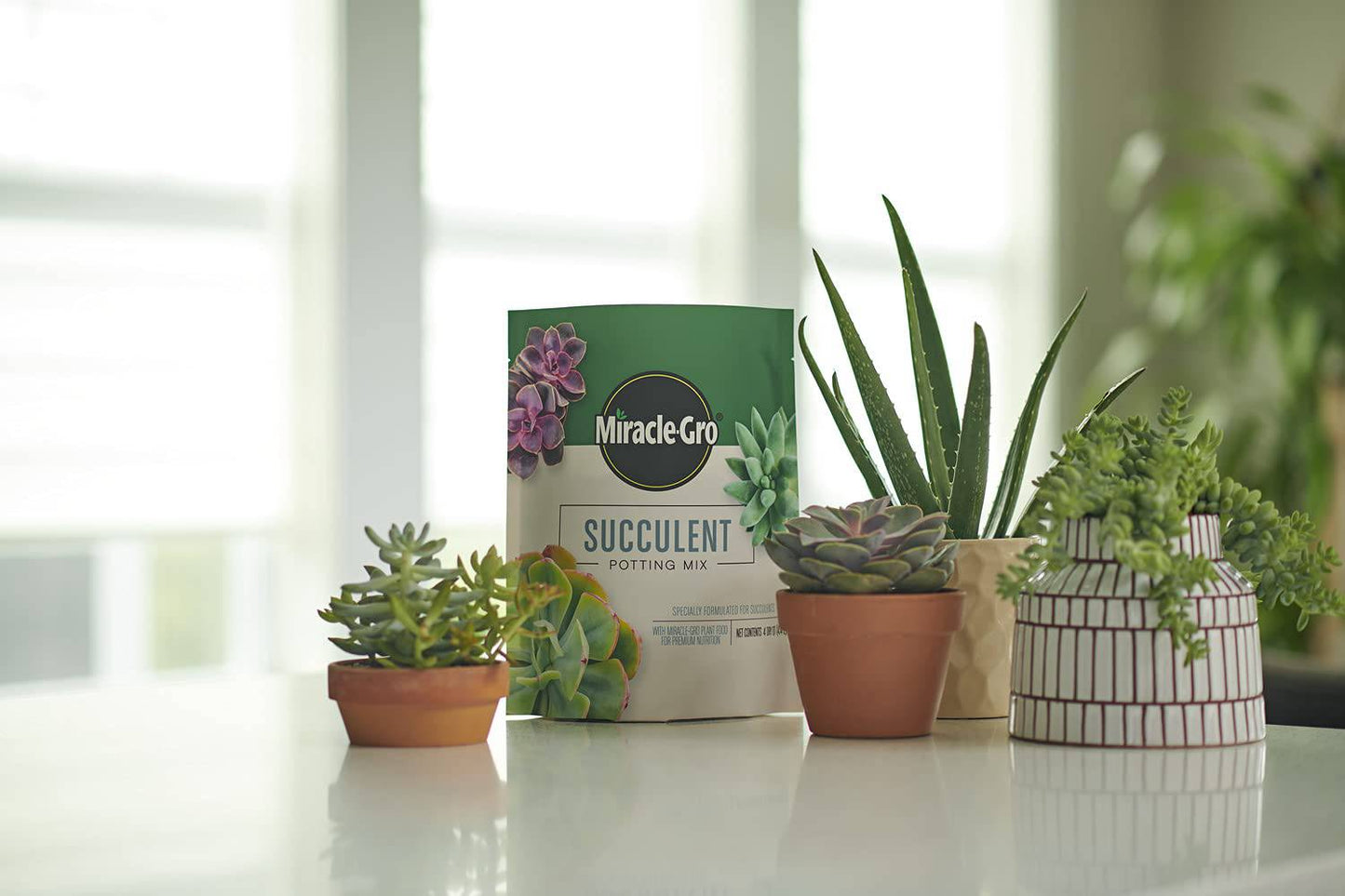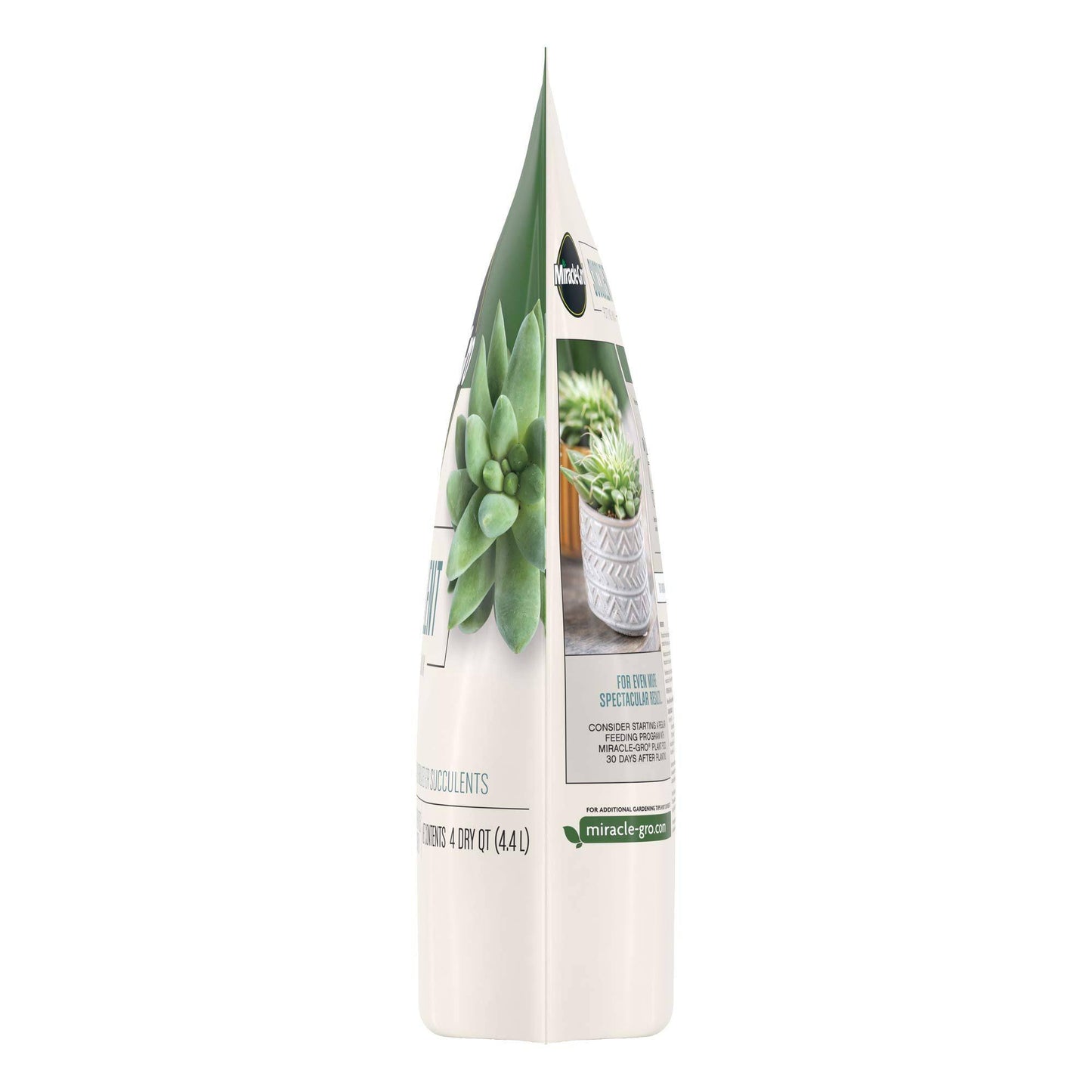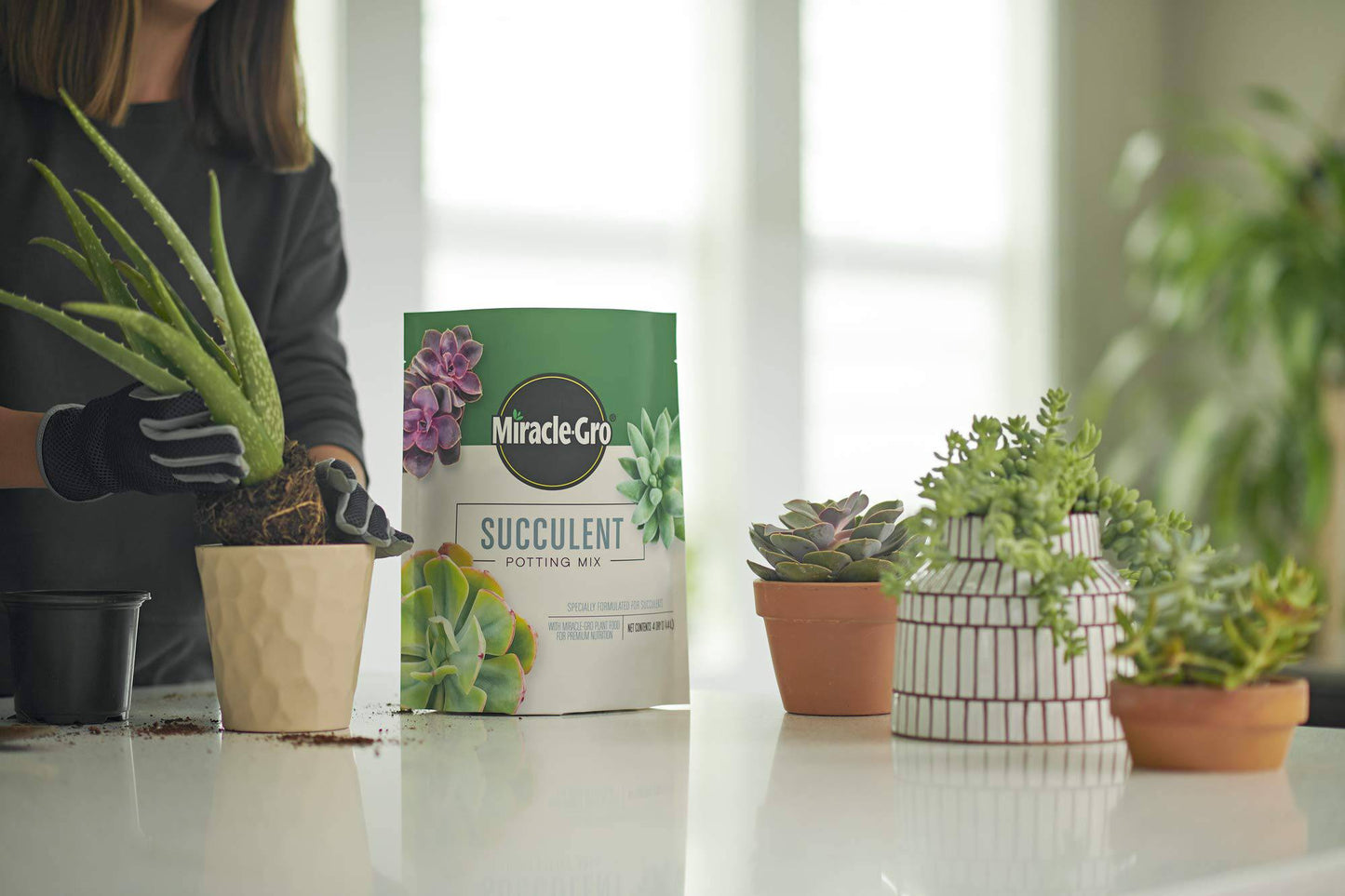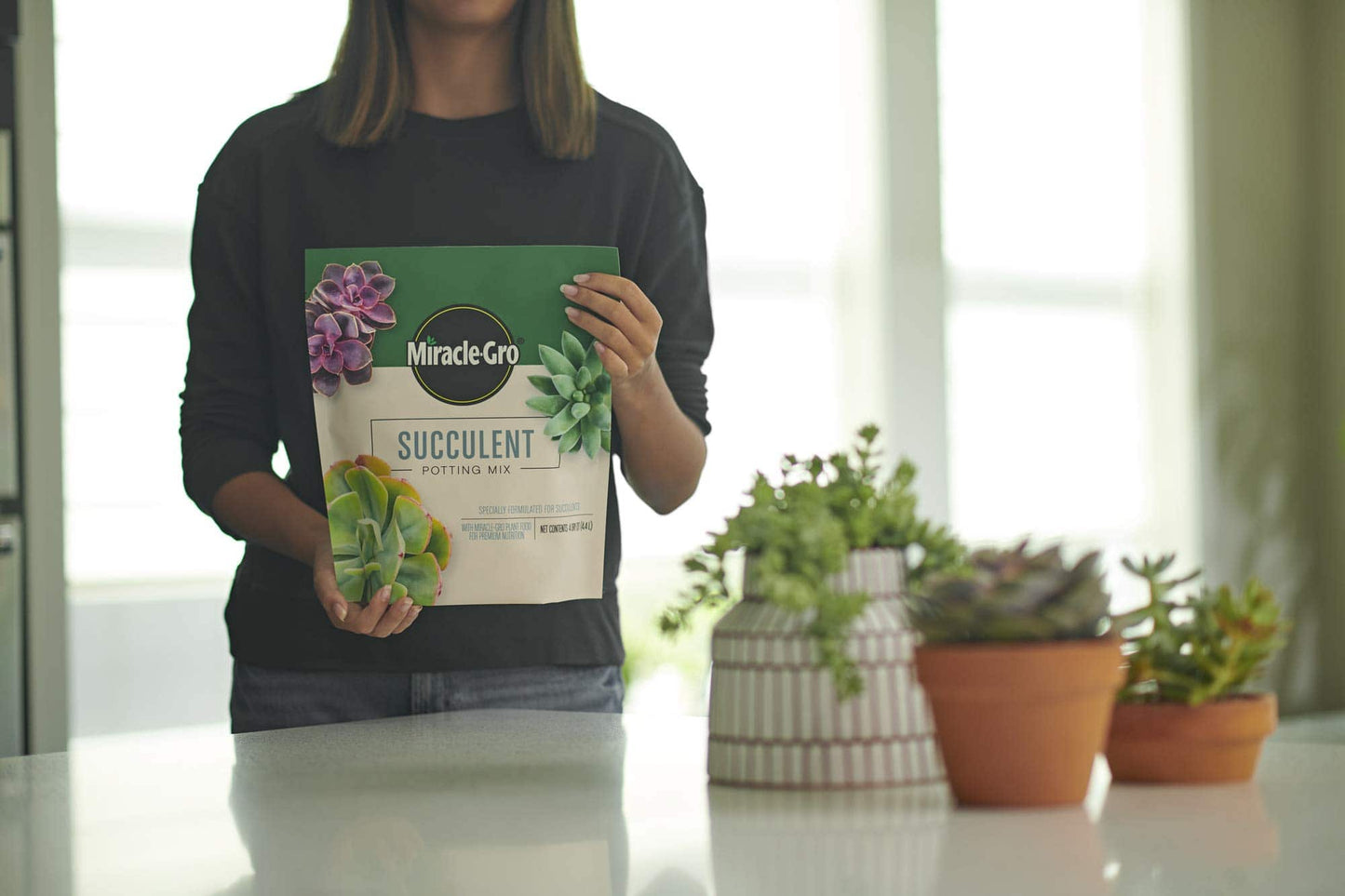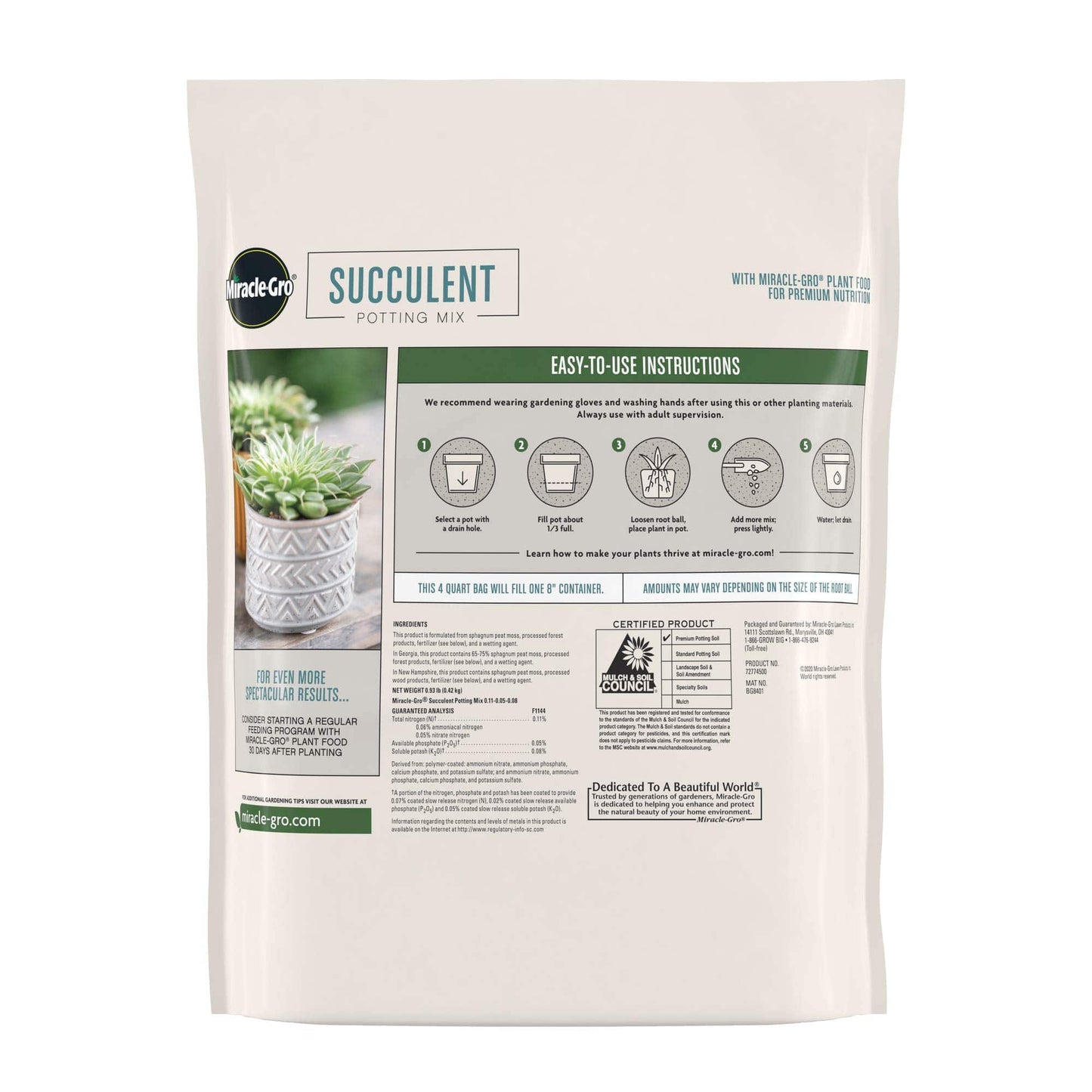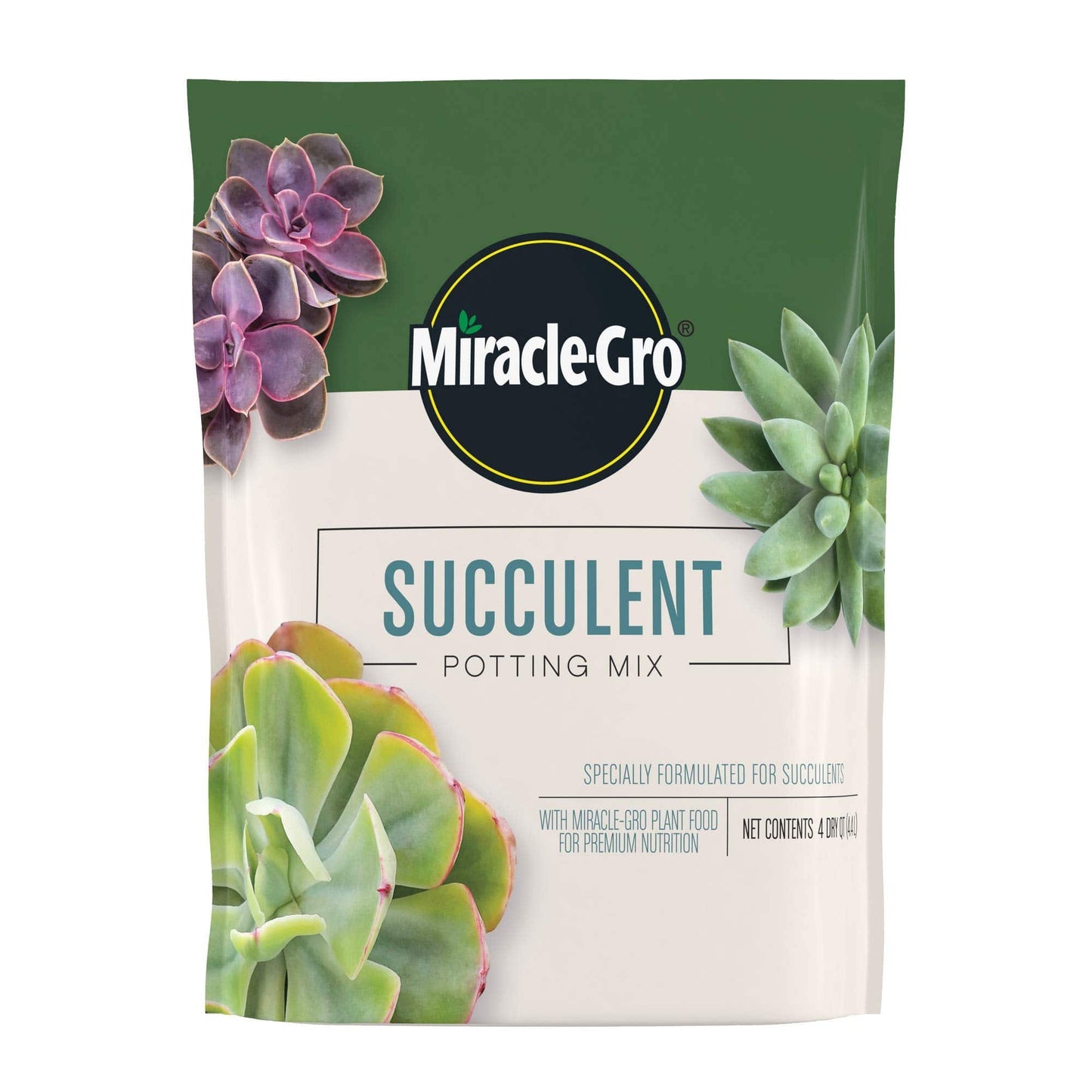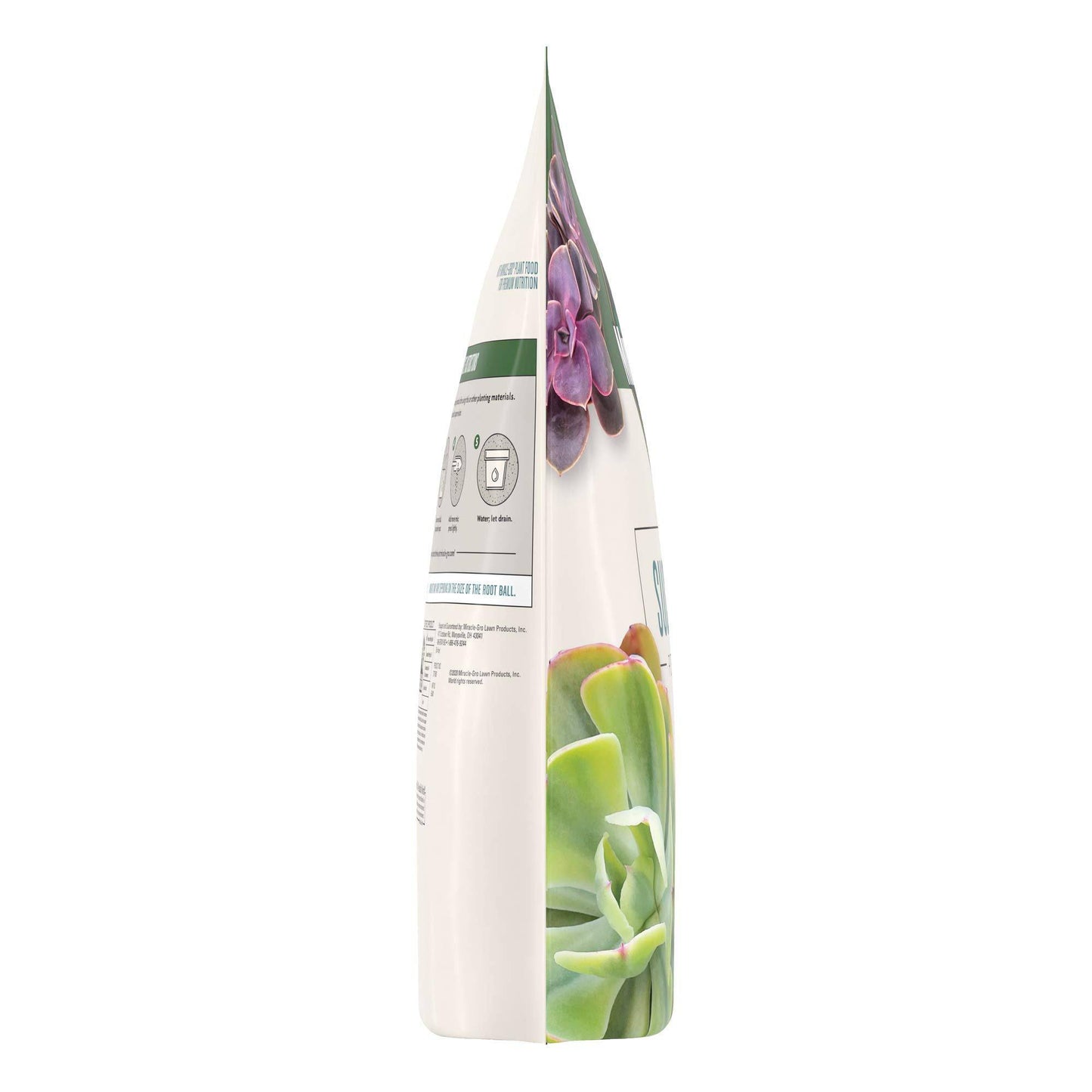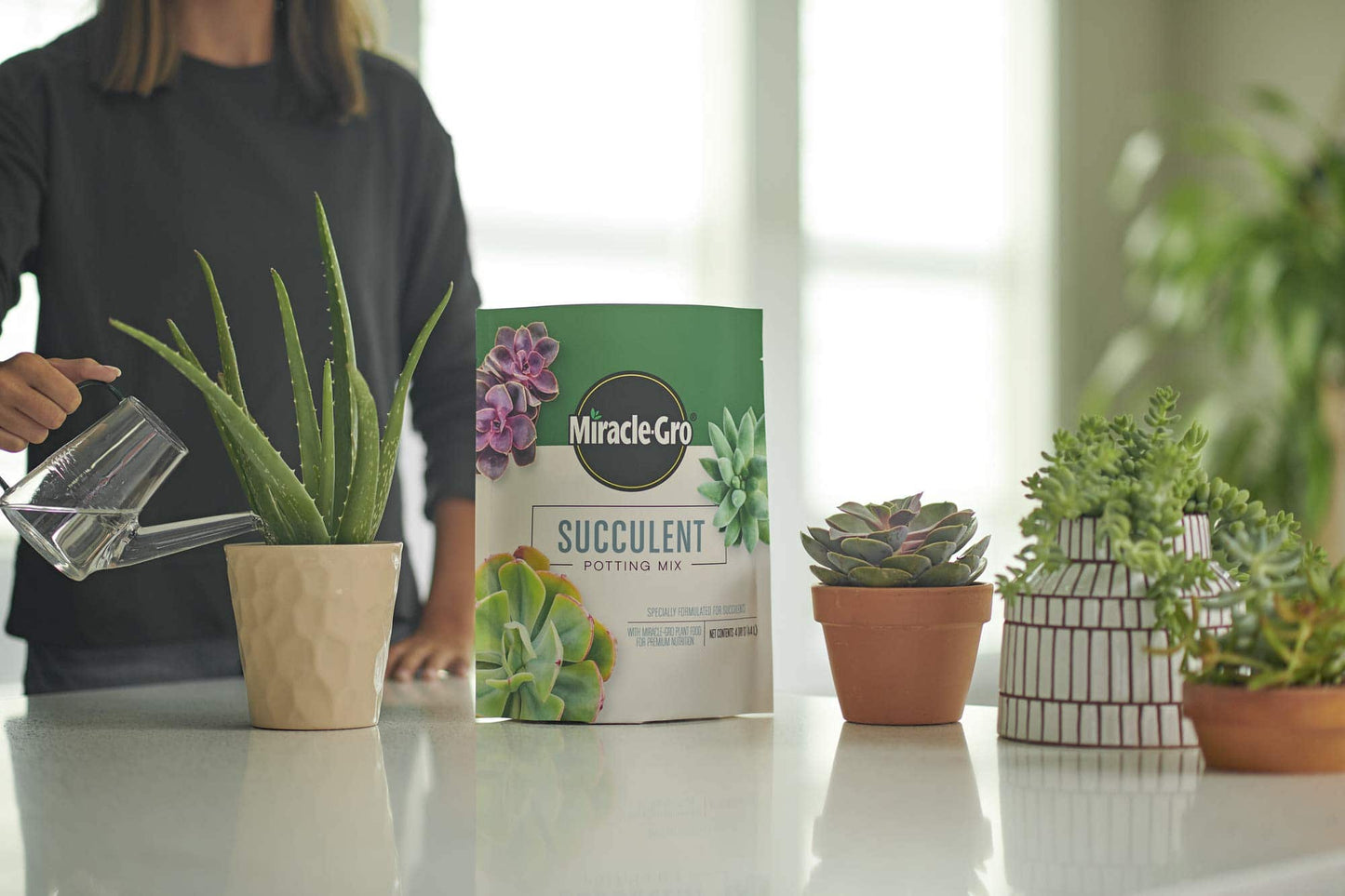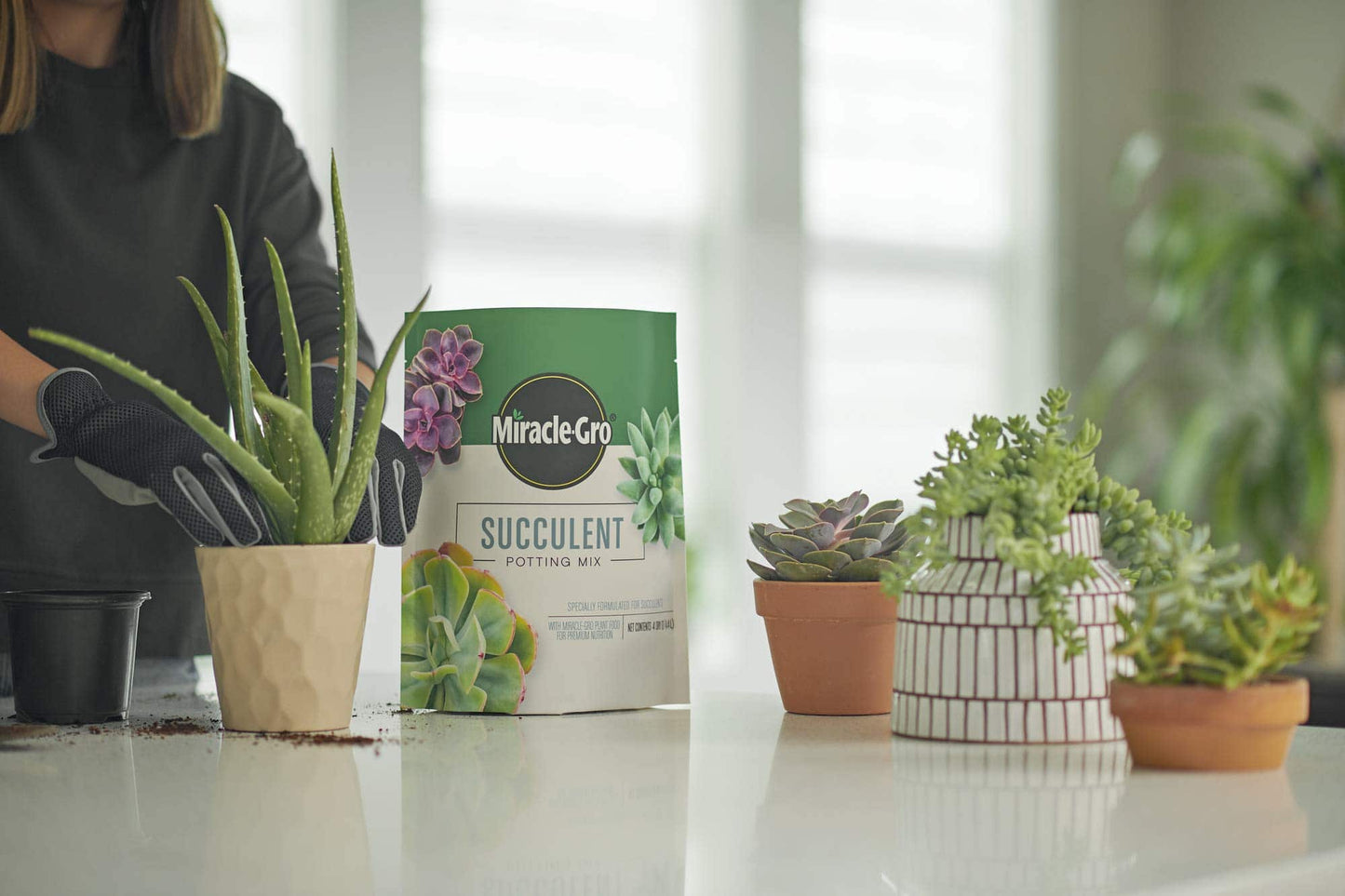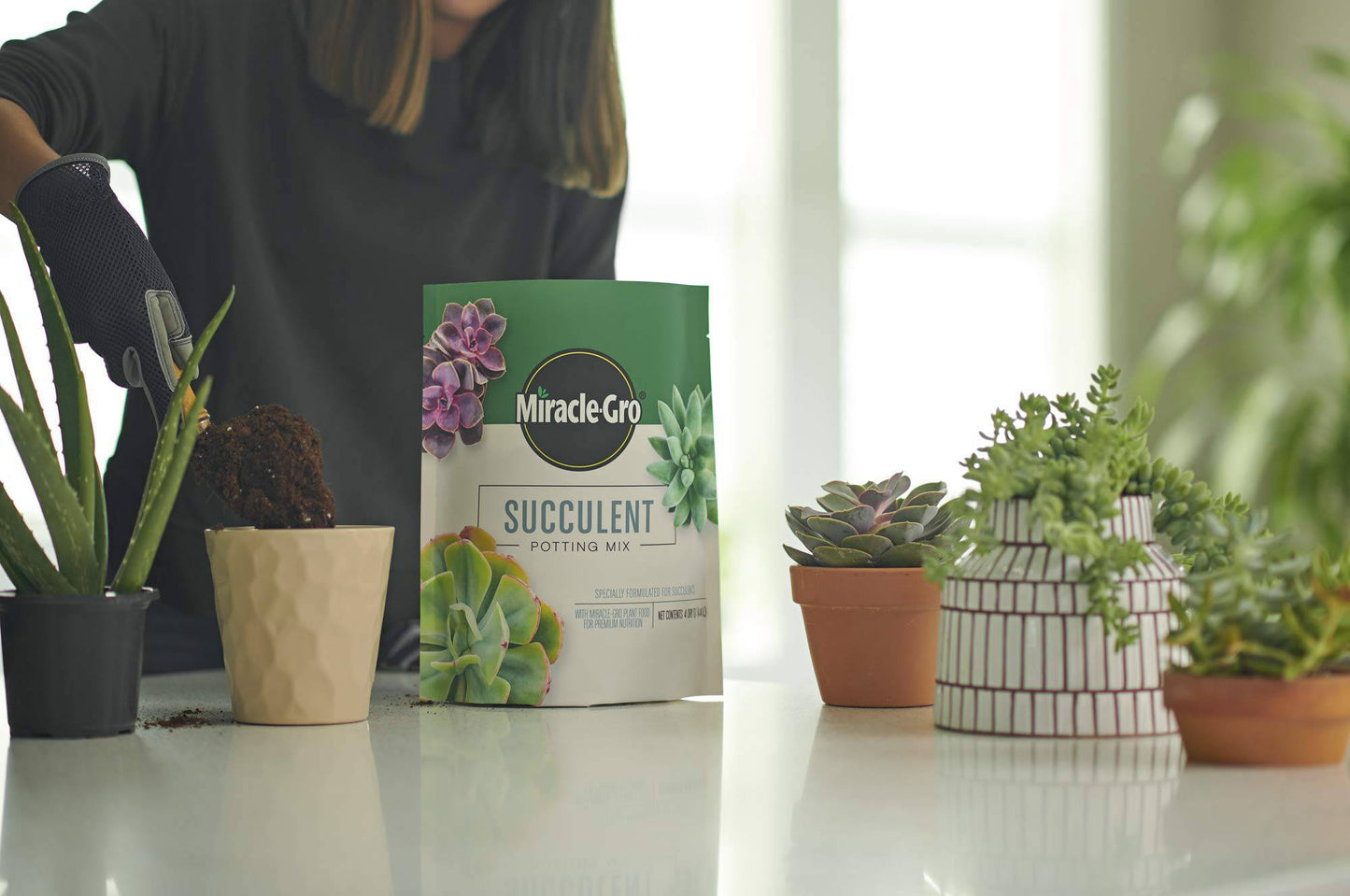Plant care routine for busy professionals can often seem like a daunting task amidst the hectic urban lifestyle. With demanding schedules and limited time, maintaining indoor plants may become challenging. Finding a balance between work and plant care is essential for nurturing a thriving indoor garden. In this blog post, we will explore efficient strategies and time-saving techniques to streamline plant care tasks for individuals with busy schedules. Let's dive into practical tips and solutions to create a harmonious plant care routine within your bustling routine.
Establishing a Low-Maintenance Indoor Garden
Selecting Easy-to-Care-for Plants
Urban professionals with busy schedules often gravitate towards low-maintenance plants that require minimal attention. Opt for plants like Pothos, Spider Plants, or Snake Plants that thrive in various light conditions and can withstand occasional neglect.
Strategically Placing Plants for Optimal Growth
Consider the light requirements of your chosen plants and place them near windows or areas with sufficient natural light. Ensure good air circulation around the plants to prevent issues like mold or pests.
Choosing the Right Containers for Minimal Upkeep
Select pots with drainage holes to prevent overwatering, which is a common issue for busy individuals. Self-watering pots or using pebbles at the bottom of the pot can also help regulate moisture levels.
Benefits of Low-Maintenance Indoor Plants
Purifies indoor air, creating a healthier environment
Enhances mood and reduces stress levels
Adds a touch of nature to urban living spaces
For more tips on selecting the perfect low-maintenance plants for your indoor garden, check out The Sill's guide to easy-care houseplants.
Creating a Time-Efficient Watering Schedule
Determining the Watering Needs of Different Plants
Understanding the specific water requirements of your indoor plants is crucial to avoid over or under-watering. Plants like succulents need infrequent watering, while ferns may require more consistent moisture. Research each plant's needs to tailor your watering schedule accordingly.
Implementing Self-Watering Systems
For busy professionals, investing in self-watering planters can be a game-changer. These systems provide a reservoir that gradually releases water to the plant's roots, ensuring consistent hydration even when you're occupied with work or travel.
Using Moisture Meters for Precision
To take the guesswork out of watering, consider using a moisture meter to assess the soil's moisture levels accurately. This tool can help you determine the optimal time to water your plants, preventing both underwatering and overwatering.
Benefits of Time-Efficient Watering Practices
Promotes healthy root development and plant growth
Reduces the risk of root rot and other water-related issues
Saves time and effort for busy individuals
For additional insights on self-watering systems for indoor plants, explore Gardener's Supply Company's selection of self-watering planters.
Optimizing Light Conditions for Plant Health
Identifying Natural Light Sources in Urban Settings
Busy urban professionals often face challenges with limited natural light in their living spaces. Place light-loving plants such as Monstera or Peace Lily near windows that receive ample sunlight. Consider rotating plants occasionally to ensure they receive equal light exposure.
Supplementing with Grow Lights for Light-deficient Areas
In spaces with inadequate natural light, supplementing with artificial grow lights can be beneficial. LED grow lights mimic natural sunlight and can help plants like Philodendron or Calathea thrive even in indoor environments with low light levels.
Rotating Plants for Even Sunlight Exposure
Regularly rotating your plants can prevent them from becoming leggy or leaning toward the light source. By turning your plants every few weeks, you can promote balanced growth and ensure all parts of the plant receive adequate light.
Benefits of Optimizing Light Conditions
Stimulates photosynthesis for plant health and growth
Prevents issues like yellowing leaves due to light deficiency
Enhances the aesthetic appeal of indoor plants with vibrant foliage
For a comprehensive selection of grow lights for indoor plants, explore Burpee's range of LED grow lights.
Nutrient Management Made Simple
Understanding the Basics of Plant Nutrition
For busy professionals seeking an effortless plant care routine, knowing the fundamentals of plant nutrition is essential. Plants require key nutrients like nitrogen, phosphorus, and potassium for healthy growth. Consider using balanced liquid fertilizers to provide these essential nutrients in a convenient manner.
Utilizing Slow-Release Fertilizers for Sustained Feeding
To streamline your plant care regimen, opt for slow-release fertilizers that gradually feed your plants over an extended period. These fertilizers release nutrients slowly, reducing the frequency of fertilization required and ensuring consistent nutrition for your plants.
Incorporating Organic Soil Amendments for Healthier Plants
Enhance the health of your indoor plants by incorporating organic soil amendments such as compost or organic matter. These natural additives improve soil structure, promote beneficial microbial activity, and provide a sustainable source of nutrients for your plants.
Benefits of Nutrient Management Practices
Promotes robust growth and vibrant foliage in plants
Prevents nutrient deficiencies that can lead to health issues
Supports overall plant resilience and vitality
For high-quality organic fertilizers and soil amendments, consider exploring Espoma's line of organic plant foods.
Combatting Common Pests and Diseases Efficiently
Recognizing Early Signs of Pest Infestations
Busy professionals often overlook signs of pest presence on their indoor plants. Learn to identify early indicators such as yellowing leaves, sticky residue, or tiny insects on plant surfaces. Prompt detection allows for swift intervention and prevents pests from spreading.
Implementing Natural Pest Control Methods
Incorporate natural pest control measures into your plant care routine to avoid harsh chemicals and ensure a healthy environment for your plants. Options like neem oil, insecticidal soap, or introducing beneficial insects can effectively manage common pests like aphids or spider mites.
Preventing Disease Spread through Proper Plant Hygiene
Maintain good plant hygiene practices to reduce the risk of disease outbreaks among your indoor garden. Regularly prune dead or diseased foliage, avoid overcrowding plants, and disinfect pruning tools to prevent the spread of pathogens.
Benefits of Effective Pest and Disease Management
Preserves plant health and vitality
Minimizes the risk of plant damage and decline
Promotes a thriving indoor garden environment
For eco-friendly pest control solutions, consider exploring Safer Brand's range of organic pest control products.
Quick Tips for Busy Plant Parents
Setting Up Reminders for Routine Plant Maintenance
In the hustle and bustle of daily life, it can be easy to forget plant care tasks. Use digital reminder apps or set up calendar alerts to prompt watering, fertilizing, or pruning schedules. Consistent reminders ensure your plants receive the attention they need.
Grouping Plants with Similar Care Needs Together
Simplify your plant care routine by grouping plants that share similar light, water, and nutrient requirements. This approach streamlines maintenance tasks and prevents confusion when caring for multiple plants. Create designated plant care zones based on their needs.
Engaging in Regular Plant Inspections to Address Issues Promptly
Take a few minutes each week to inspect your indoor plants for any signs of stress, pests, or diseases. Early detection allows you to address issues promptly, preventing them from escalating and impacting the overall health of your plant collection.
Benefits of Quick Plant Care Strategies
Efficiently manages plant care responsibilities within a busy schedule
Creates a structured routine for optimal plant health and longevity
Reduces the likelihood of plant neglect or overlooked maintenance tasks
For additional tips on managing a busy lifestyle while caring for plants, check out Gardeners Supply Company's guide on plant care for busy bee parents.
How can busy professionals ensure their plants receive adequate sunlight?
Busy professionals can optimize sunlight exposure for their plants by placing light-loving plants near windows that receive sufficient natural light. Additionally, using artificial grow lights can supplement light-deficient areas and rotating plants periodically ensures even sunlight distribution.
What are some low-maintenance indoor plants suitable for busy individuals?
Ideal low-maintenance indoor plants for busy individuals include Pothos, Spider Plants, Snake Plants, and ZZ Plants. These plants require minimal care and can thrive in various light conditions, making them perfect choices for those with limited time for plant care.
How often should busy professionals water their indoor plants?
The watering frequency for indoor plants varies based on factors like plant species, environmental conditions, and potting mix. As a general guideline, busy professionals should check the soil moisture levels regularly and water when the top inch of the soil feels dry to the touch.
What are effective natural pest control methods for indoor plants?
Busy professionals can combat common pests on indoor plants using natural methods such as neem oil, insecticidal soap, or introducing beneficial insects like ladybugs. These eco-friendly pest control solutions help manage pest infestations without harsh chemicals.
How can busy plant parents easily integrate plant care tasks into their daily routine?
To simplify plant care tasks, busy plant parents can set up digital reminders for watering, fertilizing, and pruning schedules. Grouping plants with similar care needs together and conducting regular plant inspections help address issues promptly and efficiently manage plant care responsibilities.


